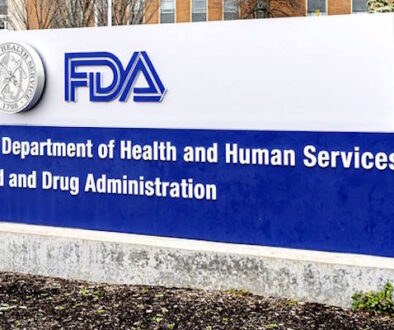China PCR Test Orders Soared Before First Confirmed COVID Case
TOKYO — Purchases of PCR tests in China’s Hubei Province surged months before the first official reports of a novel coronavirus case there, according to a report by Australia-based cybersecurity company Internet 2.0.
About 67.4 million yuan ($10.5 million at current rates) was spent on PCR tests in Hubei during 2019, nearly double the 2018 total, with the upswing starting in May, according to the report.
Internet 2.0 collected and analyzed data from a website that aggregates information on public procurement bids in China. The analysis team consists of former officials from intelligence agencies in the U.S., the U.K., Australia, and other countries.
The report casts further doubt on China’s official line about the origins of the virus, a topic that has fueled tensions between Beijing and Washington. China’s foreign ministry has disputed the report’s findings.
PCR, or polymerase chain reaction, tests are used to detect the presence of a particular genetic sequence in a sample, and they have applications beyond COVID-19 testing. But the report alleges the unusual uptick likely signals awareness of a new disease spreading in and around Wuhan, the capital of Hubei Province.
Orders doubled from universities, jumped fivefold from the Chinese Center for Disease Control and Prevention and surged tenfold from animal testing bureaus. Purchases from hospitals declined by more than 10%.
Monthly procurement data shows a spike in orders in May, especially from CDC buyers and the People’s Liberation Army.
“We believe the increased spending in May suggests this as the earliest start date for possible infection,” the report said.
Purchases rose sharply from July through October as well, in particular from the Wuhan University of Science and Technology. The institution spent 8.92 million yuan on PCR tests in 2019, about eight times its total for the previous year.
The university, along with local hospitals and public health authorities, plays a direct role in responding to outbreaks of new diseases, according to the report.
The involvement of these groups provides evidence that “the increase of purchasing was most likely linked to the emergence of COVID-19 in Hubei Province in 2019,” the report said. “We assess with high confidence that the pandemic began much earlier than China informed the [World Health Organization] about COVID-19.”
China’s Foreign Ministry disputed the findings. In a response to Bloomberg News, a spokesperson said the findings fall into the same category as other dubious claims about the origins of the coronavirus, including a “so-called paper” that analyzed traffic volumes near several hospitals in Wuhan and searched for the keywords “cough” and “diarrhea” before concluding that the outbreak began in Wuhan as early as August 2019.
“Virus traceability is a serious scientific issue that should be addressed by scientists,” the spokesperson told Bloomberg. China’s State Council Information Office published a white paper on the country’s actions to combat Covid-19 that with “a clear timeline and iron-clad facts” chronicles its efforts to fight the epidemic, the spokesperson said.
The U.S. and China have butted heads over the issue since the early days of the pandemic. Beijing told the WHO that the first symptomatic case was recorded Dec. 8, 2019. But some in the U.S. allege that the virus was circulating in humans before then, with claims that it leaked from a research laboratory.
“We can’t say for sure with just” the public procurement information, said Akira Igata, a visiting professor at Tama Graduate School of Business in Tokyo who examined that data independently, “but it’s strong information for making the case that there was awareness of a virus outbreak around Wuhan several months to half a year before that December.”
“This report could provide an opportunity for countries to press China for information again,” Igata said.
Satellite images from Wuhan hospital parking lots show a sharp increase in activity starting in August 2019, according to a study last year by researchers from Harvard and other institutions. But a report in August by U.S. intelligence agencies found no confirmation as to whether the disease spilled over from an animal host or leaked from a lab.
“There has been no sharing of usable data from China regarding how and when COVID-19 started,” said David Robinson, one of the authors of the latest report. “Zero transparency has fueled a lot of hypothesis, theory, misinformation as well as heartache for the victims.”
“Internet 2.0 has used our skills to try and provide some reliable data for the world coming to terms with the impacts of this pandemic,” he added, referring to the cybersecurity company that published the report.




